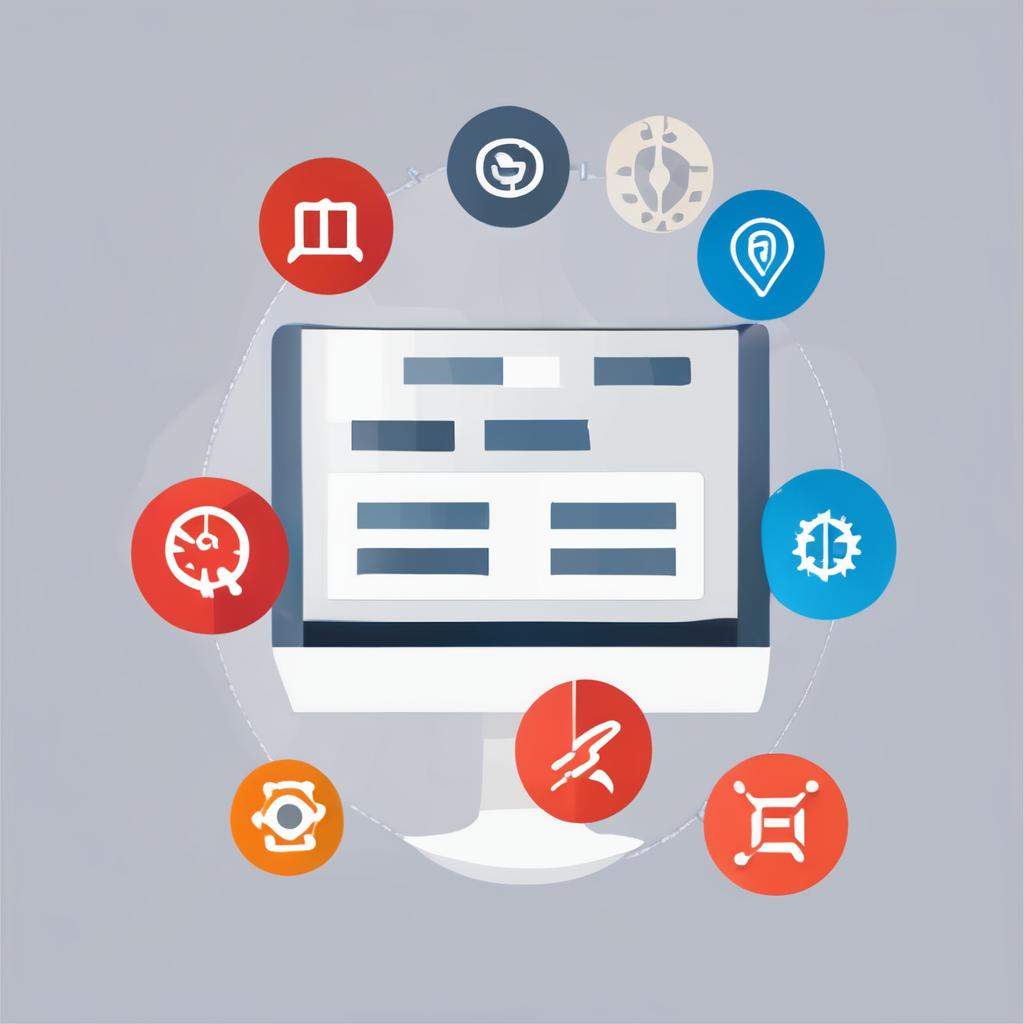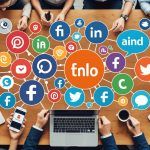Understanding AI’s Role in Content Creation
The role of AI and creativity in content creation has evolved significantly with the advancement of technology. Historically, AI applications in creative fields were limited, often viewed as tools to augment rather than replace human ingenuity. However, in recent years, AI technologies have started to actively enhance creativity by providing new avenues for ideation and execution.
AI tools in content creation have become integral by streamlining processes that were traditionally labor-intensive. For instance, AI tools can analyze vast amounts of data to generate content ideas, predict trends, and tailor content to specific audiences. This transition from traditional content creation to AI-enhanced processes showcases a significant shift in how creative work is approached, emphasizing efficiency and scalability.
Additional reading : Harnessing ai: how a creative agency sparks innovation
One standout benefit of AI is its ability to personalize and target content marketing. By leveraging machine learning algorithms, AI can fine-tune marketing campaigns to resonate more deeply with individual preferences, leading to more effective engagement. This personalization furthers creative advantages by allowing creators to focus more on high-level strategic decisions rather than mundane tasks.
With a focus on collaboration, AI empowers human creators by taking over repetitive tasks, allowing them to invest more energy into creative decisions and strategic processes. This synergy enhances not only productivity but also the overall quality and innovation of content produced.
Additional reading : How customer reviews shape brand reputation and boost sales
Advantages of AI in Creative Processes
The advantages of AI have reshaped creative processes, offering unprecedented benefits of AI that enhance the efficiency and quality of content generation. AI technologies significantly increase efficiency in content creation by automating routine tasks. For instance, they help with data analysis, content personalization, and trend prediction, enabling creators to allocate more time to innovation and strategic pursuits. Such automation reduces time expenditure and heightens productivity, allowing creative teams to focus on refined ideation rather than mundane details.
AI’s role in enhancing creative advantages doesn’t stop at efficiency. It serves as a valuable tool for brainstorming, generating a plethora of ideas swiftly through pattern recognition and data insights. These capabilities equip users with fresh perspectives, catalysing creativity even further.
Additionally, AI excels in personalization and audience targeting within content marketing. Sophisticated algorithms tailor content with surgical precision, customizing messages to match audience preferences while maximising engagement and reaching target demographics effectively. This fine-tuning surpasses traditional marketing endeavors that were often too broad or speculative, offering creators a sharper edge in audience engagement.
In sum, AI’s integration into creative processes propels productivity and innovation, offering tools that transform how creativity is accomplished and distributed in a modern setting.
Case Studies of AI Enhancing Creativity
Exploring practical applications of AI illuminates its transformative impact on creativity across various domains. Let’s delve into distinct AI case studies and their noteworthy outcomes.
Case Study: AI in Writing Content
AI has made impressive strides in the realm of creative writing. Natural language processing (NLP) algorithms enable AI to generate articles, personalized emails, and creative stories. For instance, AI-generated content by platforms like OpenAI’s GPT-3 is often indistinguishable from human-written pieces, demonstrating AI’s ability to mimic human writing style and tone.
Case Study: AI in Graphic Design
Graphic design has witnessed innovations through AI’s intervention. Tools like Adobe Sensei utilize machine learning to assist designers by automating repetitive tasks such as background removal and style matching. This not only enhances productivity but also allows designers to focus more on the creative aspects of their projects.
Case Study: AI in Marketing Campaigns
In marketing, AI-driven tools such as chatbots and data analytics platforms optimize strategies by analyzing consumer behaviour and tailoring promotions. Successful AI projects like Coca-Cola’s AI-powered vending machines offer personalized experiences, exemplifying how AI seamlessly integrates with traditional marketing to boost engagement.
Through these case studies, one can appreciate successful AI projects that redefine the boundaries of creativity, offering fresh insights and laying the groundwork for future innovations.
Practical Tips for Integrating AI in Content Creation
Integrating AI tools effectively into content creation requires thoughtful consideration and strategy. When selecting AI tools, focus on those best suited for your specific creative needs. Different AI applications excel in varied tasks, whether it’s content generation, personalization, or trend analysis. Assessing these tools’ capabilities ensures they align with your projects’ goals and enhances efficiency.
Collaboration between human creators and AI is fundamental. To maximise this synergy, establish clear roles for AI assistance in tasks that benefit from automation, such as data analysis or repetitive processes. This approach allows human creators to concentrate on high-level strategic and creative decisions. Engaging with AI as a collaborative partner elevates both productivity and creative quality.
Adapting to advancements in AI technology is crucial. Continuous learning, through workshops or training sessions, can keep teams updated on the latest AI applications and methodologies. Staying informed allows creators to leverage new opportunities, adjusting strategies proactively to enhance content creation efforts. By integrating innovation with skilled human insight, the potent combination ensures that content remains relevant and ahead of emerging trends. This balanced integration facilitates the benefits of AI while preserving the authenticity and originality that human creativity offers.
Challenges and Considerations in Using AI
Navigating the landscape of AI challenges involves acknowledging potential drawbacks and ethical considerations. While AI offers immense potential in content creation, it isn’t without limitations. A primary challenge lies in balancing human creativity with AI capabilities. While AI excels in efficiency, replicating authentic human touch remains problematic.
Ethical concerns are paramount, particularly concerning ownership of AI-generated content. Questions over intellectual property and authorship arise since AI-generated pieces can closely mimic human work. Establishing guidelines to address these concerns ensures transparency and fairness.
Moreover, over-dependence on AI may lead to creativity plateauing. Human input remains vital for genuine innovation, paradoxically necessitating a blend of both AI efficiency and human intuition. Therefore, moderation is key. Developers should remain mindful of these aspects to maintain a dynamic and sustainable creative environment.
AI’s limitations also present significant hurdles. While it can analyze and optimize with precision, AI struggles with nuanced understanding, subtly humor, and emotional depth that are innate to human creators. Tackling these limitations responsibly requires viewing AI as a collaborator rather than a replacement, preserving both integrity and originality within creative expressions. Ensuring continued discourse on these topics will guide ethical AI integration.











